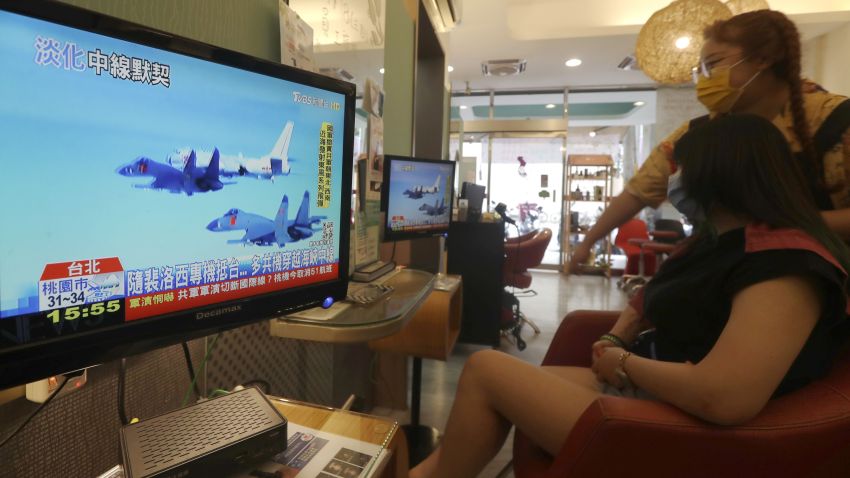The visit by U.S. House Speaker Nancy Pelosi to Taipei on Aug. 2-3 has thrust Taiwan back into the international spotlight. In the aftermath of the visit, China carried out a week of large-scale, live-fire military drills around the island, while also using drones, cyberattacks and misinformation campaigns to “respond with countermeasures” to what Beijing describes as a “dangerous, malicious provocation” and violation of the “one-China principle.”
But in contrast to the reactions of some Western observers, Taiwan has remained remarkably unruffled. From Taiwan’s point of view, China’s military display certainly represents a high-water mark in its escalating pressure campaign. But it is seen as the continuation of a long pattern of behavior by Beijing.
The current phase in cross-strait relations began when the Democratic Progressive Party’s leader, Tsai Ing-wen, won election over the more pro-China Kuomintang, or KMT, candidate in the 2016 presidential poll—much to Beijing’s chagrin. After taking office, Tsai refused to show sufficient alignment with Beijing’s “one China principle.”

